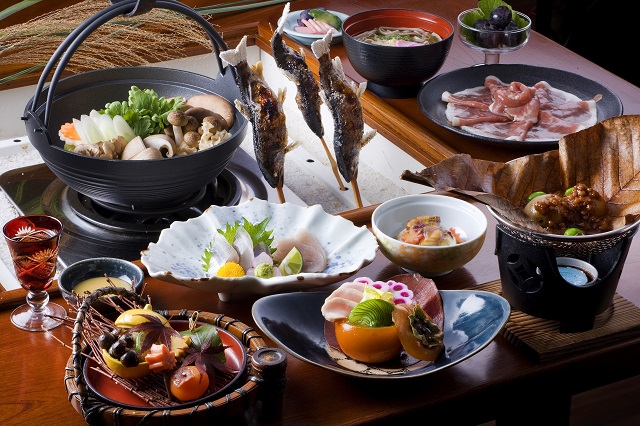Introduction: Exploring Japanese Tea Ceremony Traditions
Japanese tea ceremony, also known as Chanoyu or Sado, is a cultural tradition that dates back to the 9th century. It is a quintessential part of Japanese culture that emphasizes the importance of mindfulness, respect, and tranquillity. The ceremony involves the ritual preparation and serving of matcha, a powdered green tea that has been used in Japan for centuries. The tea ceremony is a symbolic representation of the essence of Japanese culture, and its influence can be seen in various aspects of Japanese life, including cuisine.
The Role of Tea in Japanese Cuisine
Tea has played a significant role in Japanese cuisine since ancient times. The Japanese have used tea as an essential ingredient in many dishes, including sweets, sauces, and even savory dishes. The use of tea in Japanese cuisine is not limited to its flavor; it is also used for its health benefits. Tea is known for its antioxidant properties, and it is believed to have a calming effect on the body and mind. Hence, it is a staple in Japanese cuisine, and its influence can be seen in many Japanese dishes.
The Influence of Tea Ceremony in Japanese Cooking
The tea ceremony has had a significant influence on Japanese cooking. The emphasis on simplicity, mindfulness, and balance in the tea ceremony is reflected in the preparation and presentation of Japanese cuisine. Aesthetics play a crucial role in both the tea ceremony and Japanese cooking, as the visual appeal of the dish is just as important as its taste. Hence, Japanese chefs pay close attention to the presentation of their dishes, often incorporating seasonal ingredients and intricate plating techniques.
Key Ingredients and Techniques in Tea-Influenced Dishes
The use of tea in Japanese cuisine can be seen in various forms, including tea-infused broths, marinades, and sauces. The most commonly used tea in Japanese cooking is green tea, particularly matcha. The tea is often ground into a fine powder and used as a seasoning in dishes such as soba noodles, wagashi (traditional Japanese sweets), and even ice cream. Another key ingredient in tea-influenced dishes is dashi, a stock made from dried bonito flakes, kombu seaweed, and water. Dashi is often used as a base for soups, sauces, and stews and is a staple in Japanese cooking.
Examples of Japanese Dishes with Tea Ceremony Influence
Some examples of Japanese dishes that are influenced by the tea ceremony include chawanmushi, a savory egg custard dish that is steamed in tea cups, and wagashi, traditional Japanese sweets that are often served during the tea ceremony. Another example is matcha soba noodles, which are made by mixing soba flour with matcha powder to create a unique green color and slightly bitter taste.
Conclusion: Appreciating the Intersection of Tea and Cuisine
In conclusion, the tea ceremony has had a significant influence on Japanese cuisine, as seen in the use of tea as an essential ingredient and the emphasis on simplicity, balance, and aesthetics in Japanese cooking. The use of tea in Japanese cuisine not only adds flavor but also has health benefits and is an integral part of Japanese culture. Thus, appreciating the intersection of tea and cuisine is essential in understanding the essence of Japanese culture and cuisine.

